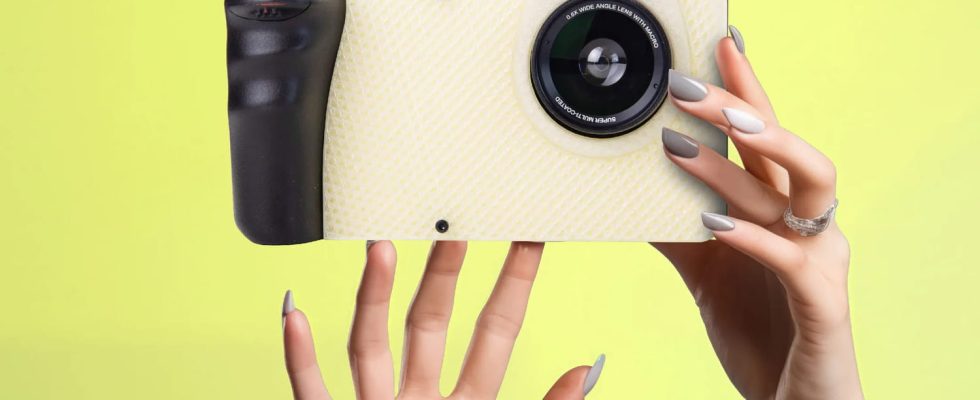An artistic project developed by two Berlin creators presents a new type of camera based on artificial intelligence to undress its subjects.
Projects based on artificial intelligence are becoming more and more numerous in everyday life. Whether it is generating text, quickly editing a photo, or summarizing a written or audio conversation, AI is becoming more and more present in many everyday objects. Samsung has notably created a small turning point in the field with its “Galaxy AI” technology which allows you to have numerous features based on artificial intelligence directly on your smartphone.
The world of photography, on the other hand, has not yet particularly taken up the subject. Many professionals are already protesting the use of AI in photo editing applications like Adobe Lightroom or Adobe Photoshop. But when it comes to shooting, with the exception of a few small features, professional cameras use artificial intelligence very little… Until today.
Mathias Vef, Berlin artist, joined forces with Benedikt Groß for the design of his new project. Called “NUCA Camera”, it is a camera with a fairly original design, but above all with a very particular main function: undressing its subjects.
Based on artificial intelligence, the “NUCA Camera” camera is capable of analyzing the photographed scene and especially the different people present in the photo to completely remove their clothes. The camera software thus identifies the different physical characteristics of your subject (hair color, beard, height, etc.) to reproduce them with a photo devoid of any clothing! A real vision-X worthy of Superman, which fits in a small box.
However, rest assured: the “NUCA Camera” does not really exist. This is a project initiated by Mathias Vef and Benedikt Groß to bring about a reflection on the use of artificial intelligence in our society and its current trajectory to generate images. The least we can say is that the proposal gives food for thought and that it would not even be surprising if a real similar project saw the light of day in the near future.

